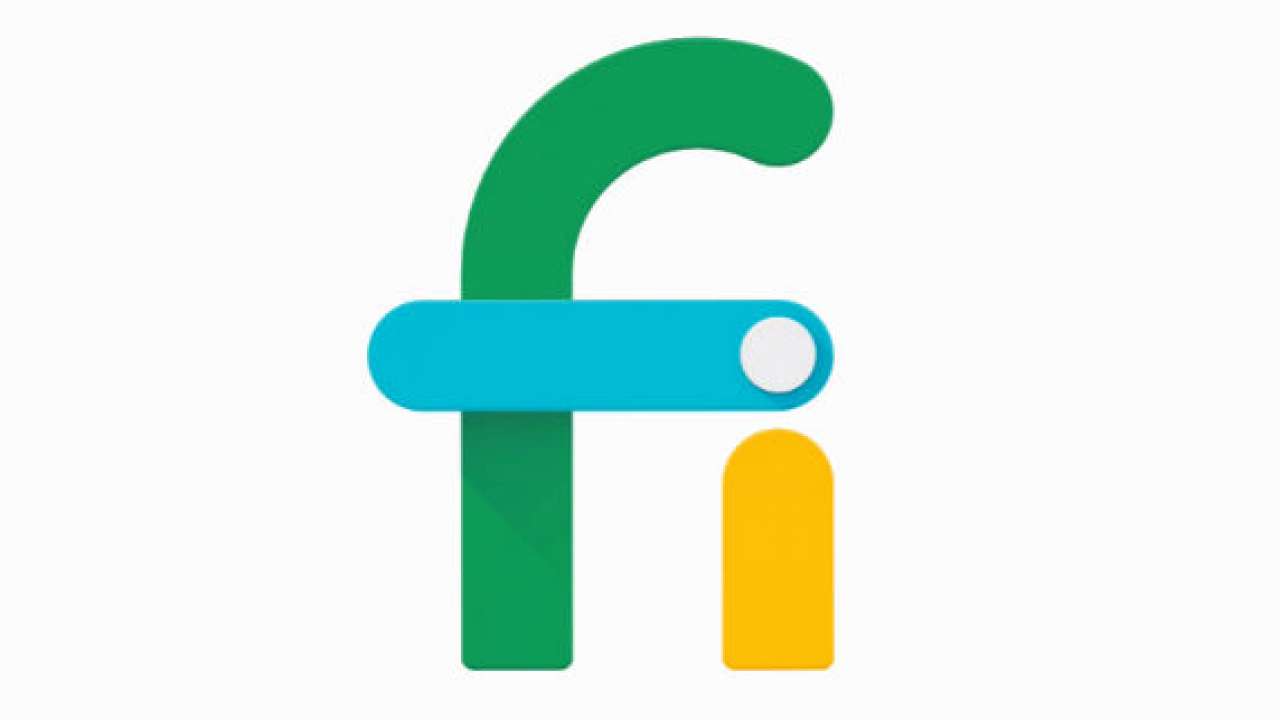Google Launches Project Fi, Exclusive to Nexus 6 Owners

Google finally announced its wireless phone service, Project Fi, on Wednesday. While many of the details had been steadily trickling out like a leaky hose, Google’s official announcement confirms a number of cool features that make it seem like a super attractive wireless option. Except for that whole “Nexus 6 exclusivity” thing, of course.
Here are the basics: Project Fi is Google’s MVNO wireless network, which provides service to customers using the cellular towers owned and operated by T-Mobile and Sprint. Additionally, the service looks to prioritize the best connectivity depending on the user’s location, particularly if they’re near a Wi-Fi hotspot. So if Wi-Fi is the strongest signal, that’s how they’ll make and receive phone calls. If T-Mobile’s 4G LTE network is strongest, that’s what the phone will use; if Sprint’s is the strongest, it’ll ride on Sprint. That’s the gist.
There are some added wrinkles, of course, like how much it costs. Unlimited talk, text, and Wi-Fi tethering costs only $20 a month. After that, you pay for your data at a price of $10 per gigabyte. So if you only use 2 gigs of data one month, that’ll cost only $20. If you use 5 GB, it’ll cost another $50. It’s a smart move to go with an easy-to-understand plan that gives users the ultimate control over how much they’ll be paying each month. Chances also seem good that $10 per gig will turn out to be much less expensive than most data plans that users currently have.
The biggest issue with Project Fi—at least from my perspective at this early stage in the game—is that it’s exclusive to the Nexus 6 smartphone, which was made jointly between Google and Motorola. That device has software optimized for quick and easy switching between Wi-Fi and cellular networks, presumably with this very service in mind.
Unfortunately, most folks don’t buy Nexus devices—they’re not made in high quantities, and they’re not particularly visible in the mobile landscape, at least not compared with the flagship handsets made by juggernauts like Samsung, HTC, and LG. I guarantee you’ll see far more Galaxy S5 units out there than you’ll ever see Nexus 5s or 6s combined—and the Galaxy S5 was a flop by Samsung’s standards. Project Fi is part of Google’s attempt to show wireless companies how it’s done, with good service and affordable plans. But if no one can use it without a Nexus 6, it won’t really get that job done.
I’ve reached out to Google to see if there are plans to extend Project Fi to other handsets, and I’ll update this story if I hear back. In the meantime, I’ll start thinking about how much money I’ll need to save to afford a Nexus 6…
